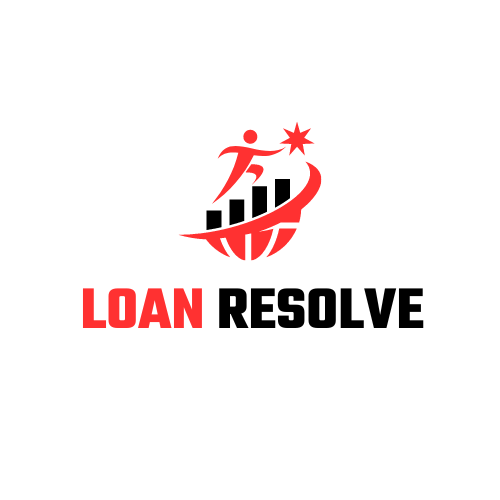When you find yourself trapped in a cycle of credit card debt, unable to clear the pending dues for a long time, the last option for you is credit card settlement.
When finances get tight, people often set aside credit card bills for later payment because it is an unsecured loan type. They do not require any security or collateral if you fail to pay the dues. But the truth is, the more you delay the payments, the more dangerous it gets for you. Firstly, it may damage your credit score. Secondly, you may be vulnerable to problems at the time of borrowing. To save yourself from a financial crisis, you can opt for a credit card settlement process. Let’s get to know more about it in detail.
What is credit card settlement?
Credit card settlement is a process where a borrower negotiates with his credit card company to pay less than the full amount owed on your outstanding balance. This process of settlement is used when you are facing extreme financial difficulties. During this debt settlement, the card issuer agrees to let go of a portion of the outstanding debt if the cardholder settles the outstanding debt as a one-time lump-sum payment.
There are several benefits to settling your credit card debt:
- It can help you save money.
- You can get out of debt faster if you pay a lump sum or get into a workout agreement with the bank.
- You won’t have to deal with any calls from the bank asking for you to settle the payments.
How does the credit card settlement work?
A credit card settlement is basically an agreement between a credit card user and a credit card issuing bank/lender. It happens when the user finds it very difficult to pay back card dues on time. There can be many reasons why the user is unable to pay back the credit. The credit card settlement is a method to get out of this rapidly multiplying credit debt. The settlement is usually proposed by the bank or debt settlement services.
The credit card settlement process involves several steps
Negotiation with the card provider
The process involves negotiating with the credit card issuer to reduce the total amount owed. The cardholder and the card provider negotiate to revise the amount owed. This involves presenting evidence of financial hardship and crafting a compelling case for why the provider should accept less than the full amount due. Anti-harassment services play a vital role in ensuring the negotiation process. It makes sure the negotiation is conducted respectfully and professionally, protecting individuals from any abusive tactics employed by creditors or debt collectors.
One-time payment
Instead of continuing with monthly installments that might be financially straining, a one-time payment that’s less than the total debt is made. Both parties agree upon this lump sum. A one-time payment is a single, lump-sum payment made to fully or partially pay off a debt or obligation owed to another party.
After the one-time payment is made, the debt or obligation is considered fully satisfied, and no further payments are required from the paying party.
Agreement in writing
An agreement in writing refers to a contract or other legal document that is communicated and recorded in written form, with proof of receipt by the parties involved.
It ensures that all the terms and conditions, including the negotiated amount and payment schedule, are clearly documented and legally binding for both parties.
The written agreement serves as a formal, enforceable contract that outlines the rights, obligations, and expectations of each party, providing clarity and legal compliance.
Paying the agreed amount
This is the most straightforward method where you pay the newly agreed-upon amount in one go. It’s often the preferred method for creditors as it immediately settles the debt.
It is a direct and efficient way to resolve outstanding debt. This newly agreed-upon sum is often lower, as creditors prefer to recover a portion of the debt. you make one payment and you are done. Paying off your debt in one go provides a sense of finality and closure.
Closure
The account is closed once the agreed amount is paid, and the credit report reflects the settlement. The closure marks the end of a carefully navigated process, allowing the individual to move forward. The closure of an account in the context of a credit card settlement signifies the completion of a carefully managed process where the agreed-upon amount has been paid, leading to the settlement being reflected in the credit report.
When to opt for settlement
Credit card settlement should be considered when you are unable to make your monthly payments and are at risk of defaulting on the loan. It is crucial to carefully evaluate your financial situation. We should explore alternative repayment options, negotiate terms with the lender, and long-term financial health before proceeding with a settlement. Seeking advice from a loan settlement agency can help you explore all available options and make an informed decision regarding this settlement.
Conclusion
The credit card settlement process is a crucial stage in the lifecycle of a credit card transaction. It involves the transfer of funds from the cardholder’s account to the merchant’s account. It consists of several key steps that ensure this transaction is completed smoothly and securely.
The credit card settlement process involves several steps, including negotiation with the card provider, one-time payment, agreement in writing, paying the agreed amount, and closure.

I am an experienced advocate with 8 years of expertise in handling legal matters related to loan settlement services. I am skilled in providing effective legal solutions, negotiating settlements, and representing clients in complex financial disputes, ensuring their rights are protected throughout the process.


